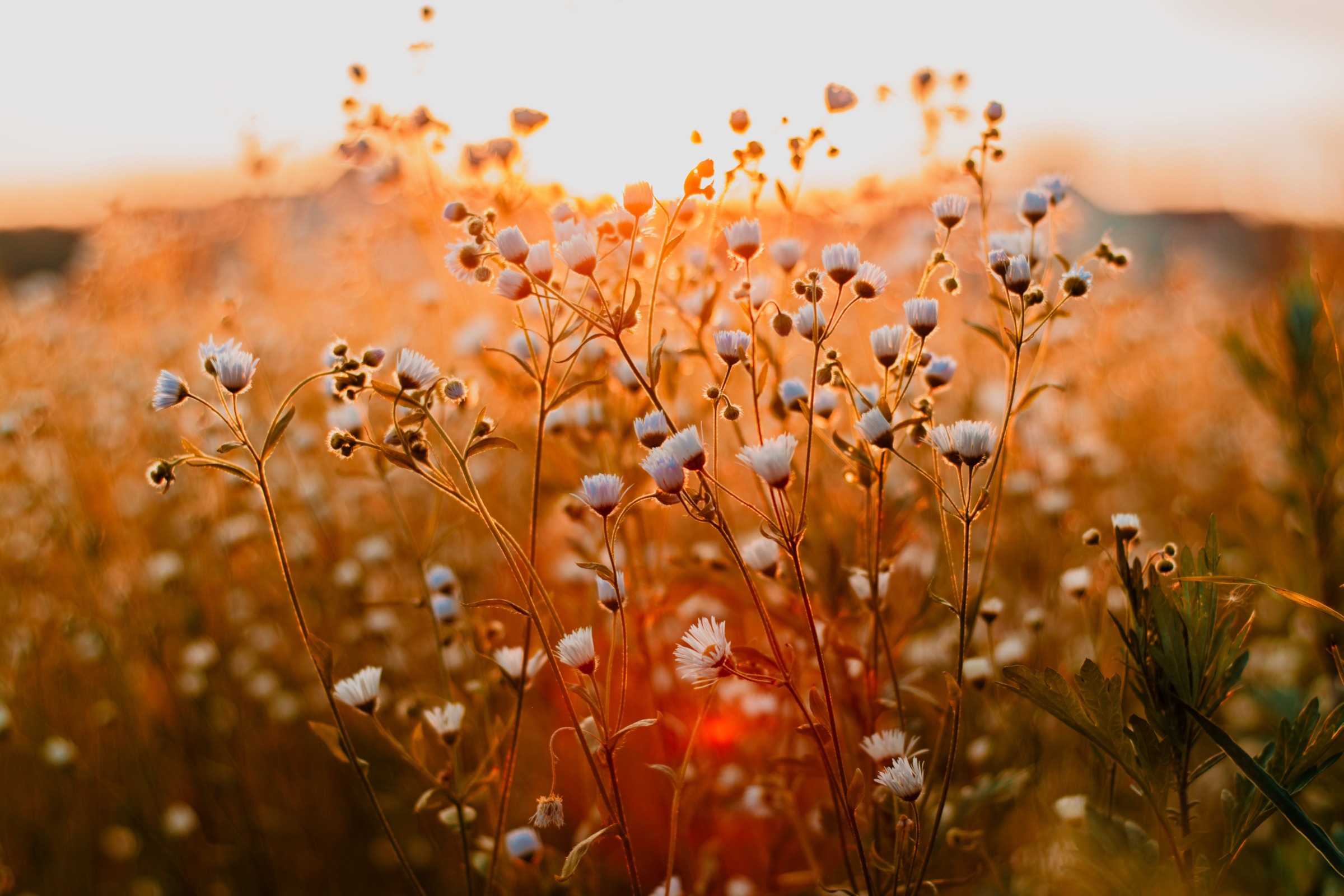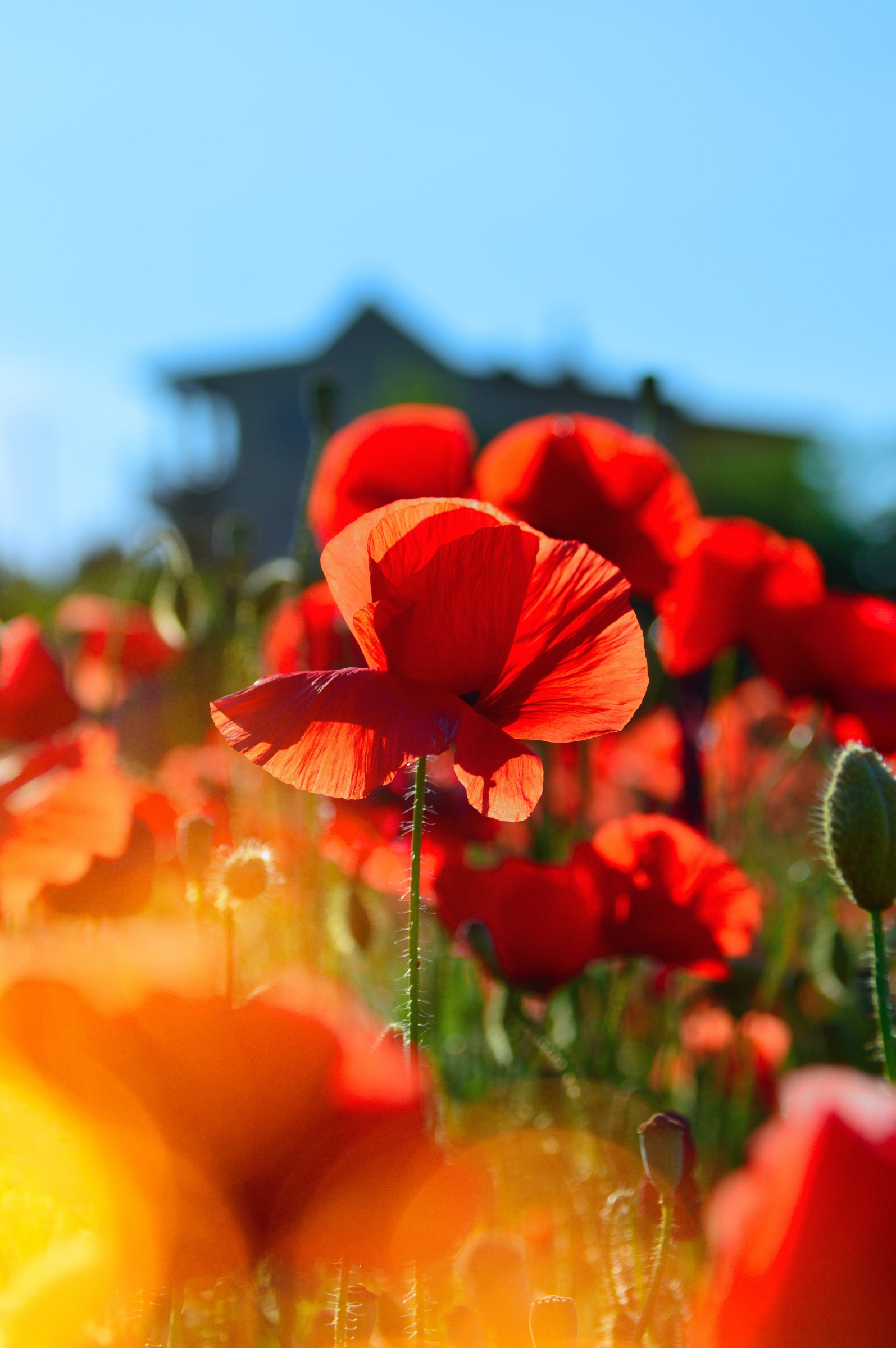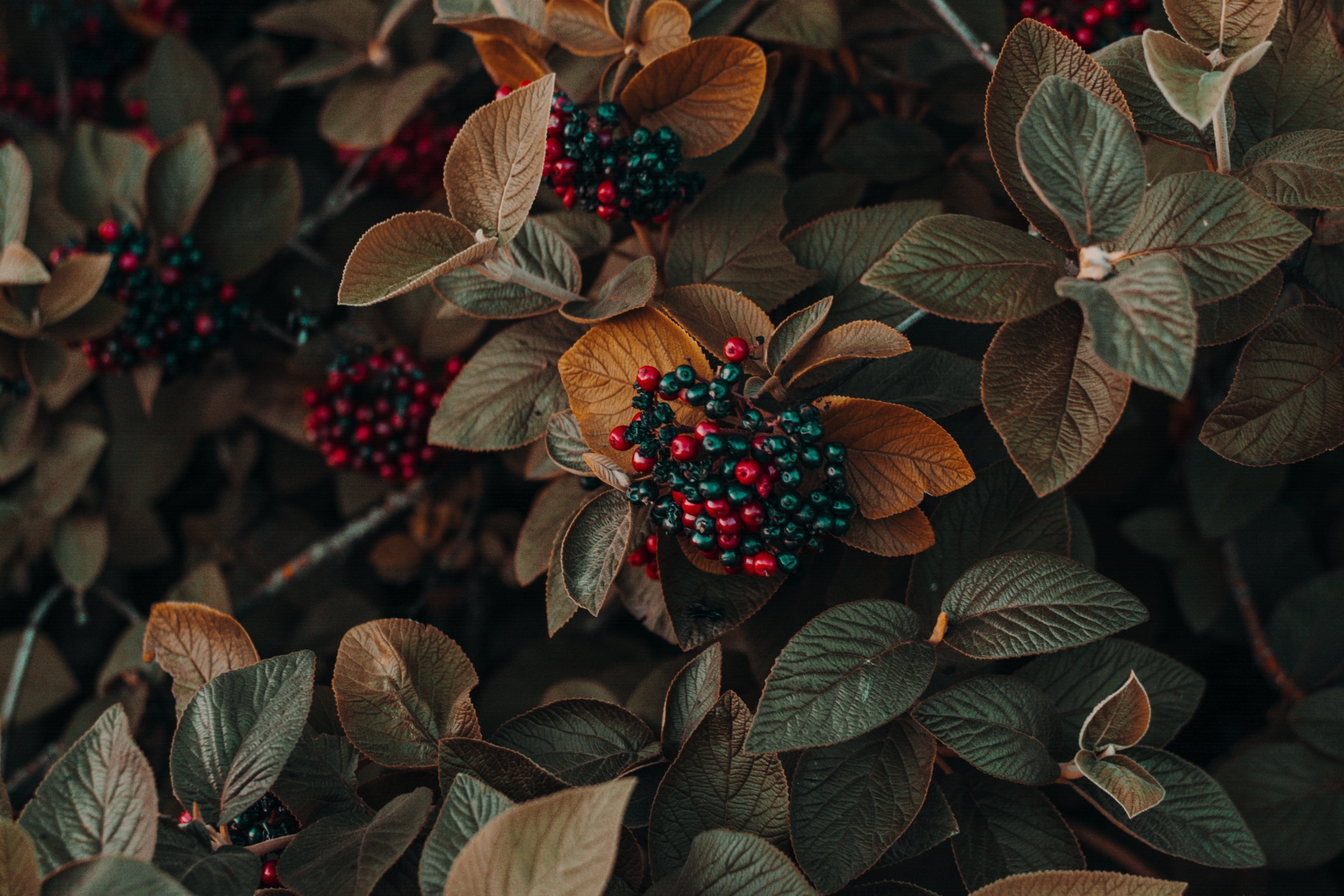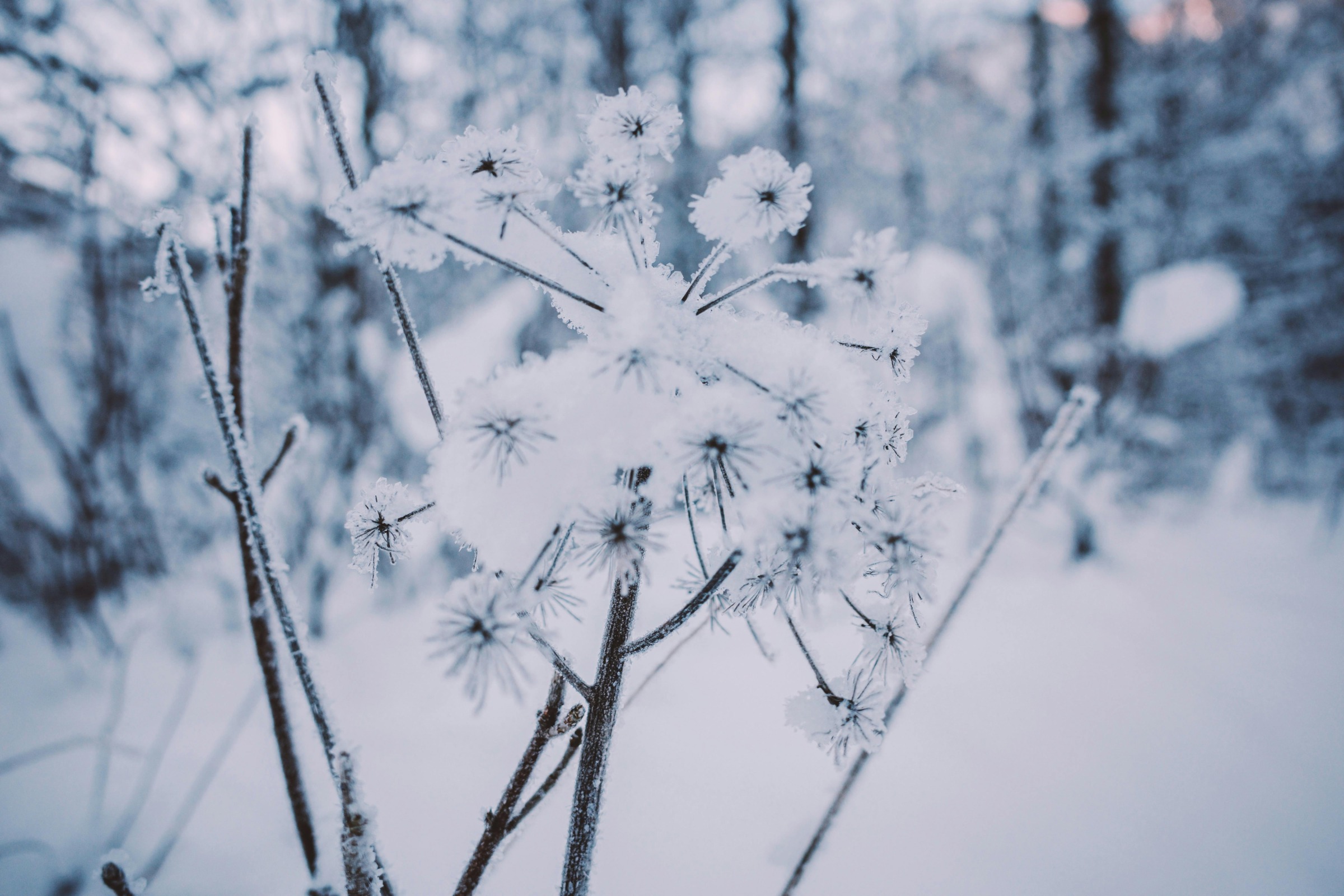The amaryllis is a beautiful and popular flower that is widely grown for its gorgeous blooms. With large trumpet-shaped flowers packed densely along erect stalks amaryllis make a striking statement in gardens, centerpieces, and floral arrangements.
Overview of the Amaryllis
The amaryllis bulb plant, also known as Hippeastrum, is a tender perennial from South America that is easy to grow. They can bloom from late fall through early spring, adding weeks of vibrant color when not much else is flowering. When grown indoors, amaryllis usually bloom 6-8 weeks after planting. Each bulb produces multiple straplike leaves and a flower stalk with 2-12 spectacular blooms per stalk. The flowers last approximately 2-3 weeks.
Amaryllis bulbs are often sold packaged with the bulb already potted in soil and the tips just peeking out, making them one of the easiest bulbs to plant and grow. All they require to trigger blooming is warm indoor temperatures and regular watering. Once potted, amaryllis like to be slightly root-bound and require repotting every 2-3 years.
Popular Types of Amaryllis
There are over 600 named amaryllis hybrids and varieties While generally associated with red, amaryllis flowers come in a rainbow of colors including pink, peach, white, purple, salmon, and variegated. Some of the most popular amaryllis varieties include
-
Red: These classics include cultivars like ‘Rilona’ with velvety, vivid red 4-5 inch blooms and ‘Lucky Star’ featuring large 6-7 inch cherry-red blossoms.
-
White: Cultivars such as ‘Ice Queen’ and ‘Ivory Jewel’ produce elegant white flowers in 4-6 inch sizes.
-
Pink: Varieties like ‘Rosy Star’ and ‘Miami’ offer soft pink hues with blooms reaching up to 5 inches across.
-
Multicolor: Bicolored varieties like ‘Picotee’ have white petals edged in scarlet while ‘Exotic Star’ offers dramatic purple markings and lime throats.
Growing Amaryllis Year-Round
Amaryllis can be grown as potted plants year round or planted outdoors in warm climates.
Indoors: Give them bright, indirect light and temperatures around 70°F. Water sparingly until growth starts, then regularly. Stop watering once they bloom. After flowering, cut back the faded stalks and water to promote reblooming.
Outdoors: In frost-free areas, amaryllis can be planted directly in the ground in well-draining soil. Provide full sun to partial shade and consistent moisture. After the first killing frost, dig up bulbs, let them dry out, and store in a cool dark place until ready to replant in early spring.
Forced Bulbs: Place dormant bulbs in a pot, water sparingly until growth appears, then place in a sunny window and water regularly. Once they bloom, toss the bulbs or save them for replanting in the garden after the threat of frost has passed.
Stunning Amaryllis Flower Pictures
The vibrant flowers and striking form of amaryllis make them a favorite photographic subject. Here are some beautiful pictures depicting the unique beauty of amaryllis blooms:
-
Close-ups highlighting the details of thick, fleshy petals, prominent stamens, and throats in intense colors. The texture and form of the flowers really stand out.
-
Open blooms and buds clustered along upright, robust flower stalks. The massed effect of multiple blooms is dramatic.
-
Spotlit amaryllis complementing holiday decor and settings. Their saturated colors and full form gives bold pops of color.
-
Paired with other flowers and greens in arranged bouquets and centerpieces. Amaryllis add focal emphasis and interest.
-
Photos capturing the progression from tight bud to open bloom to faded flower. Each stage has its own distinct look.
-
Images from above depicting the geometric pattern of packed hexagonal flowers along angular stems.
-
Wide shots of amaryllis in home and garden settings. They make quite an impression in their surroundings.
-
Pictures frozen in time showing raindrops, melting frost, and other seasonal elements on the statuesque flowers.
-
Dramatic portraits and macro-lens images getting up close and highlighting intriguing details.
Tips for Photographing Amaryllis
Amaryllis flowers make excellent photographic subjects. Here are some tips for capturing eye-catching shots of these seasonal stunners:
-
Focus on showing off the saturation and texture of the blooms. Use macro lenses for detailed close-ups.
-
Photograph buds and blooms in all stages. Capture the progression from first bud to spent flower.
-
Look for interesting perspectives like from below, above, or shot alongside the blooms.
-
Use natural light near sunrise or sunset for dramatic directional lighting and color.
-
Try shooting translucent blooms backlit or spotlit to accentuate their form.
-
Add holiday elements like ornaments, pine cones, evergreen boughs to complement the flowers.
-
Include compositional elements like leading lines, frames, shallow depth of field, patterns, and textures.
-
Experiment with black & white to focus on form, shape, and high-contrast drama.
-
Take pictures throughout the weeks-long blooming period to showcase change over time.
Growing and Enjoying these Beloved Bulbs
With a wide range of colors and bloom styles to suit any taste, it’s easy to see why amaryllis are treasured for their breathtaking flowers and satisfying growth habit. They lend beauty to indoor spaces through the cold winter months and their strap-like foliage adds a tropical flair to gardens once planted outside. Amaryllis bulbs can be replanted and rebloomed annually for years of spectacular winter flowers. With proper care, you can enjoy these exotic beauties season after season.

Featured Articles by Season




Latest from Wisconsin Yard & Garden
If you’re unable to find the information you need, please submit your gardening question here:
Amazing and Most Beautiful Amaryllis Flowers Pictures
FAQ
What triggers an amaryllis to bloom?
Autumn dormancy for new flowers
Many amaryllis varieties need a dormant period in autumn to flower properly. This means that the amaryllis bulbs are kept cool and dry at around 10-15 °C for 6-8 weeks. During this time, the bulb plant slows down its growth, but at the same time prepares for flowering.
Do amaryllis flowers come back every year?
Yes, with proper care, amaryllis bulbs can bloom every year. After they finish blooming, they need to store energy in their bulb through their leaves to prepare for the next blooming cycle.
Can you leave amaryllis bulbs in the ground all year?
Yes, in warmer climates (USDA zones 9-11 and sometimes 8), amaryllis bulbs can be left in the ground year-round. They can be planted in pots or directly in the ground and will typically flower in the spring.
Are amaryllis flower photos free?
Amaryllis flower photos for download. All pictures are free to use. Find images of Amaryllis Flower ✓ Royalty-free ✓ No attribution required ✓ High quality images.
How many Amaryllis stock photos are there?
Browse 4,867 authentic amaryllis stock photos, high-res images, and pictures, or explore additional amaryllis christmas or amaryllis bulb stock images to find the right photo at the right size and resolution for your project. Amaryllis. Close-up of red and white amaryllis flowers on peach coloured background.
What type of flowers does Amaryllis produce?
It produces tubular-shaped flowers on long and thick stems. amaryllis stock pictures, royalty-free photos & images Hippeastrum/amaryllis is a genus in the family Amaryllidaceae with about 70-90 species. It produces tubular-shaped flowers on long and thick stems.
What genus is Amaryllis?
Amaryllis / Hippeastrum: Flower Hippeastrum/amaryllis is a genus in the family Amaryllidaceae with about 70-90 species. It produces tubular-shaped flowers on long and thick stems. amaryllis stock pictures, royalty-free photos & images Hippeastrum/amaryllis is a genus in the family Amaryllidaceae with about 70-90 species.
What is a red amaryllis?
The more famous, Amaryllis belladonna. Amaryllis is the only genus in the subtribe Amaryllidinae. It is a small genus of flowering bulbs, with two species. The better known of the two, Amaryllis belladonna, is a native of the Western Cape Seamless pattern with flowers dahlia and amaryllis. Red amaryllis color stock image.
What do Amaryllis flowers look like?
This beautiful amaryllis has bold red flowers with a white star in the center and crisp white-edged petals. Each bloom can span seven to eight inches across on two-foot-tall stems. Think of ‘Samba’ in reverse and you’ll get ‘Popov.’ Each spectacular bloom has white petals speckled and streaked with rosy red.
